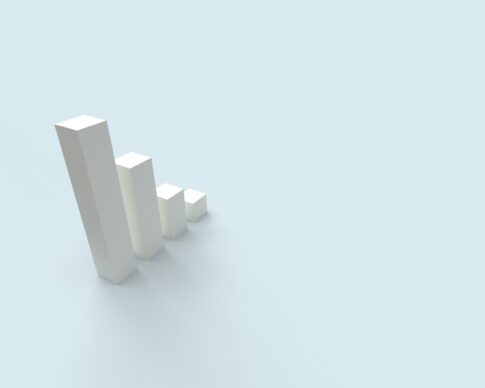Today, I will explain the following site. (AI generated)
金利とドル円の関係を探る(久保田博幸) – エキスパート – Yahoo …
Contents
Understanding the Relationship Between Interest Rates and the USD/JPY Exchange Rate
When we talk about the USD/JPY exchange rate, it’s essential to consider the complex relationship between interest rates and currency values. The exchange rate between the US dollar and the Japanese yen is influenced by various factors, including the purchasing power parity theory, which suggests that currency values are determined by the relative purchasing power of the two currencies. However, this theory is not absolute and does not account for all variations in exchange rates.
What Determines the USD/JPY Exchange Rate?
The USD/JPY exchange rate is not governed by a single equation but is a result of the interplay between the foreign exchange market, where the USD/JPY rate is formed, and the bond market, which influences long-term interest rates. Central bank policies, especially short-term interest rates, play a significant role in this context, with the Federal Reserve (Fed) and the Bank of Japan (BoJ) being key players.
Exploring the Correlation Between Foreign Exchange Movements and Interest Rates
Interest rates are a critical factor in determining currency values. The formula for long-term interest rates includes the nominal long-term rate, the real long-term rate, expected inflation, and a risk premium. These components are challenging to calculate accurately, as risk premiums can change in an instant due to unforeseen events such as the COVID-19 pandemic or geopolitical tensions like the Russia-Ukraine conflict.
The Role of Central Banks in Setting Policy Rates
Central banks determine policy rates based on various economic indicators. For instance, in response to global inflation, Western central banks have tightened monetary policies aggressively, while the BoJ has maintained its ultra-loose monetary stance. These differences in central bank policies lead to interest rate differentials, which significantly impact currency movements.
Current Trends and Predictions for the USD/JPY Exchange Rate
Impact of Global Events on Long-Term Interest Rates and Risk Premiums
Global events such as pandemics and wars can drastically alter risk premiums and, consequently, long-term interest rates. These changes, in turn, affect the USD/JPY exchange rate. For example, the onset of the COVID-19 pandemic and the Russia-Ukraine conflict had profound implications for risk assessments and currency valuations.
How Recent Economic Data Influences Market Expectations
Recent economic indicators, such as employment statistics in the US, have shown a robust economy and wage growth, suggesting that significant drops in inflation are unlikely in the short term. Market expectations can sometimes run ahead of reality, as seen with the early speculation of a Fed rate cut, which was later adjusted following statements by Fed Chair Jerome Powell.
Comparing the Monetary Policies of the Federal Reserve and the Bank of Japan
The diverging monetary policies of the Fed and the BoJ have been a focal point for the USD/JPY exchange rate. While the Fed has raised interest rates, the BoJ has been hesitant to move away from negative interest rates. This interest rate differential has led to a stronger dollar and a weaker yen.
Strategies for FX Traders in Light of Interest Rate Dynamics
Understanding Interest Rate Differentials and Their Effect on Currency Values
Interest rate differentials between countries can lead to capital flows from lower-yielding currencies to higher-yielding ones. FX traders must understand these differentials to predict currency movements effectively. For instance, if the BoJ remains passive while the Fed raises rates, the dollar is likely to be bought more, and the yen sold.
Anticipating Central Bank Actions and Their Impact on the USD/JPY
Central bank actions are a primary driver of FX markets. Traders need to anticipate these actions to trade the USD/JPY pair successfully. For example, the BoJ’s stance on negative interest rates and any potential shifts towards normalization can significantly influence the exchange rate.
Utilizing Economic Indicators to Forecast Exchange Rate Movements
Economic indicators provide valuable insights into future central bank decisions and, consequently, the USD/JPY exchange rate. By analyzing indicators such as inflation rates, employment figures, and GDP growth, traders can make informed decisions and develop effective trading strategies.











